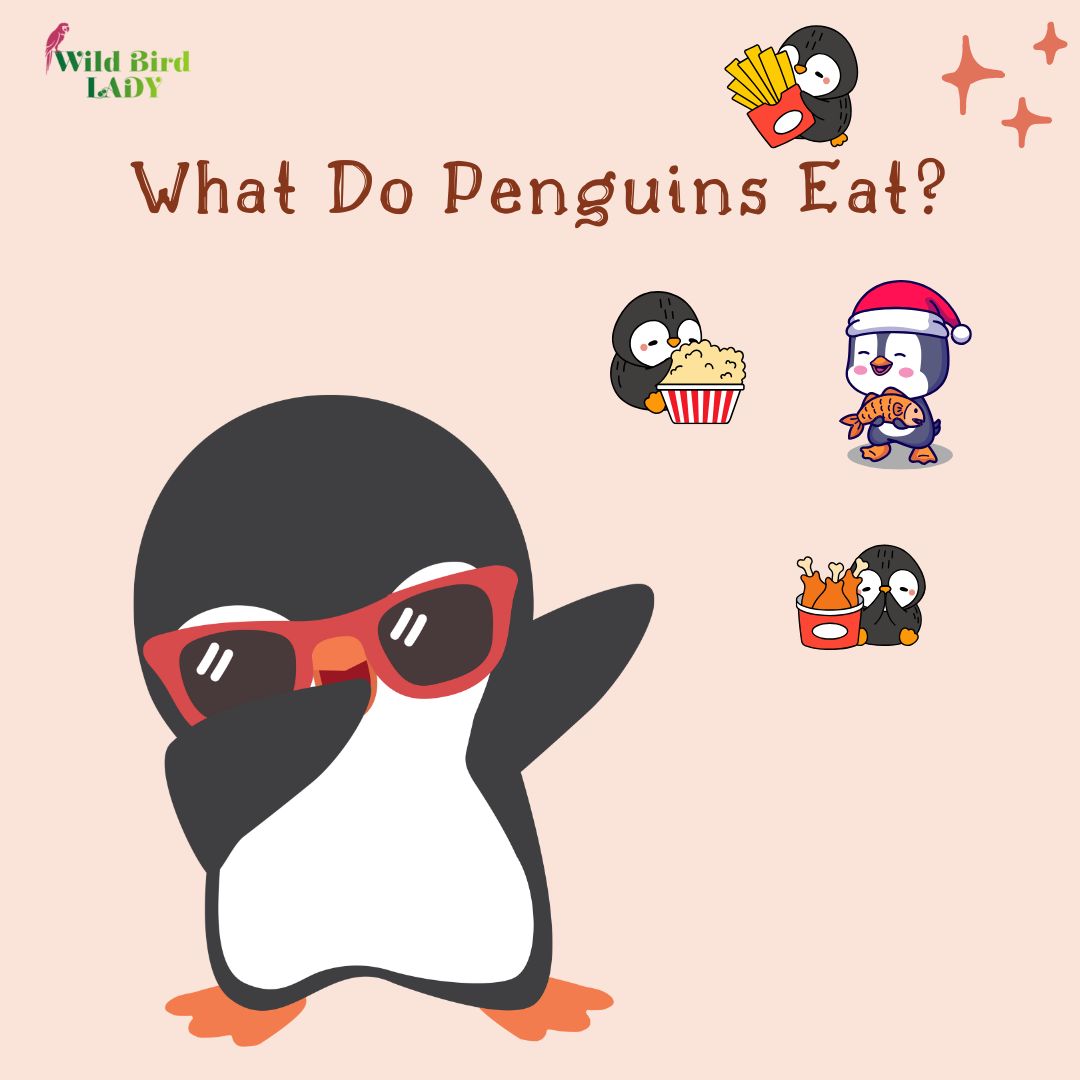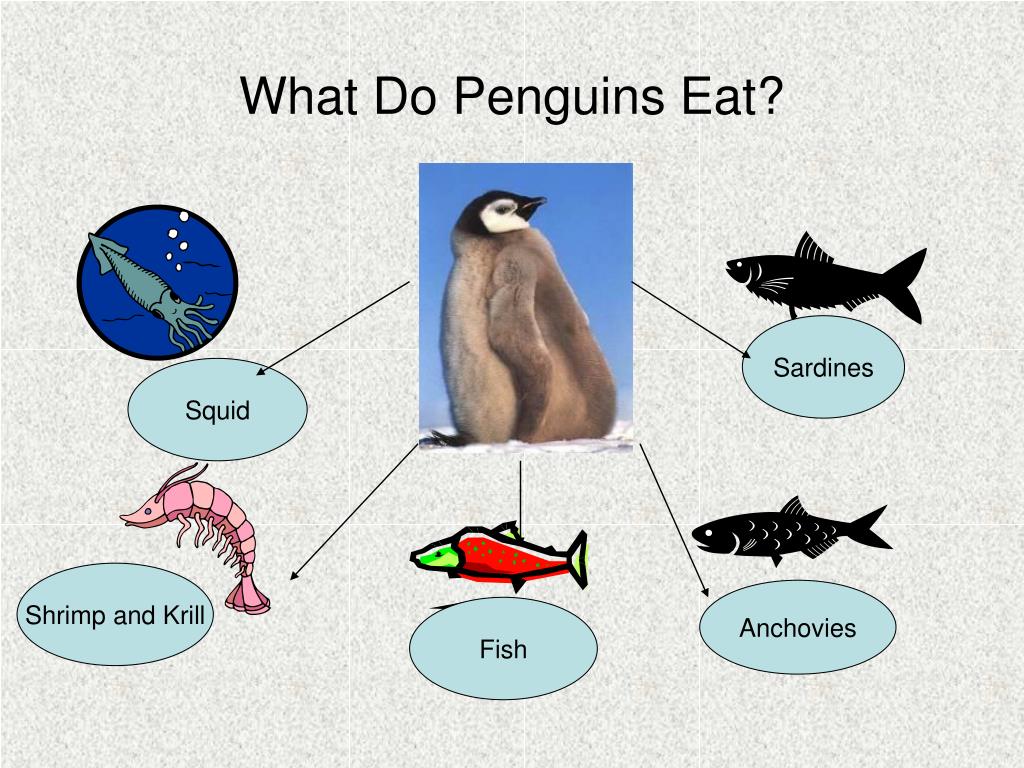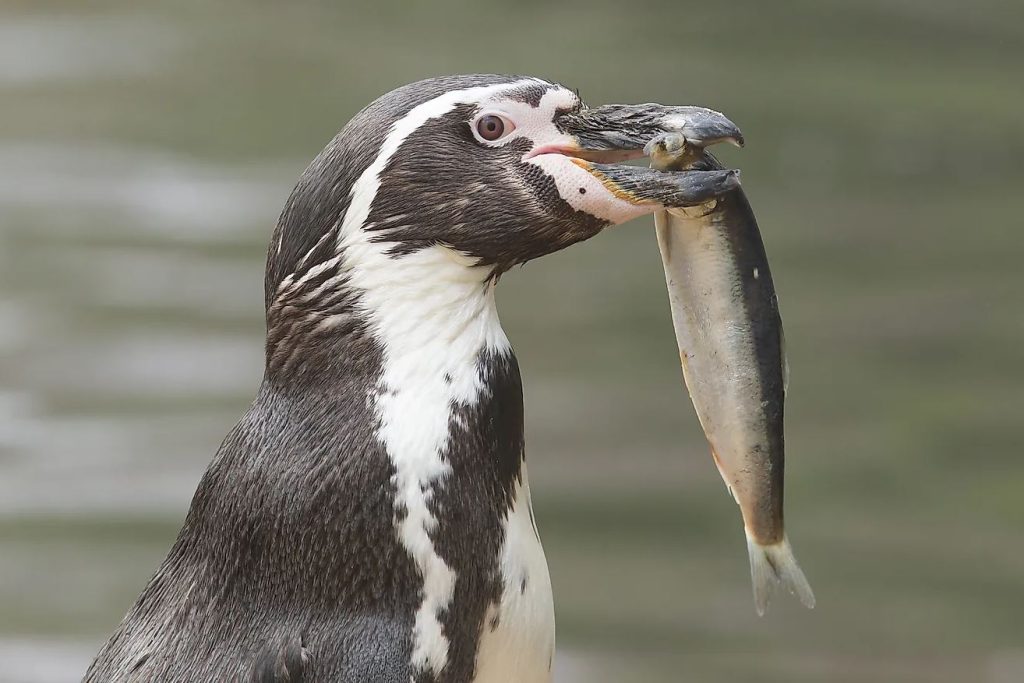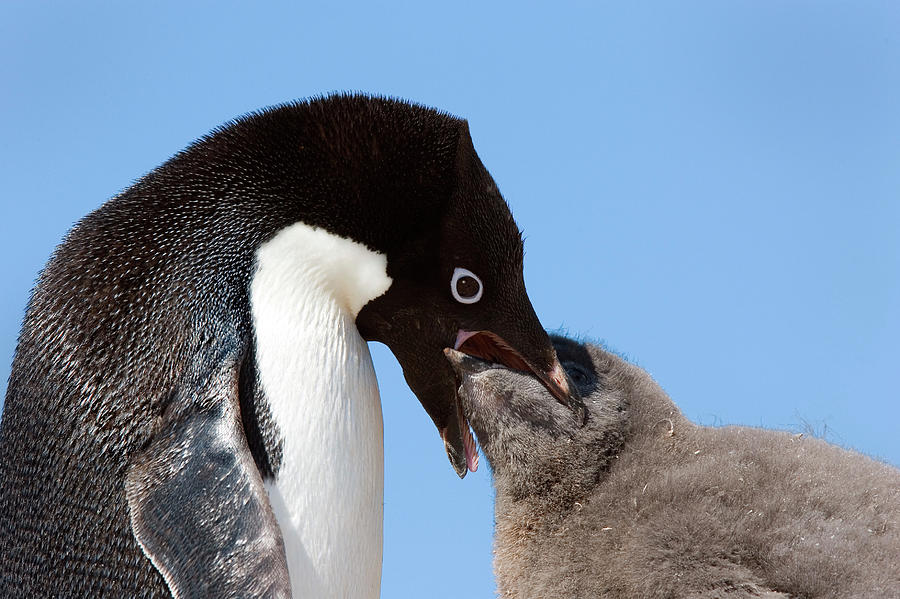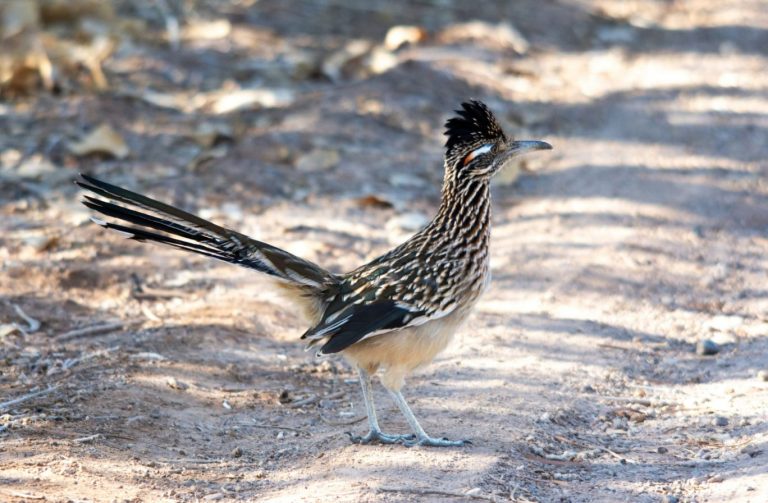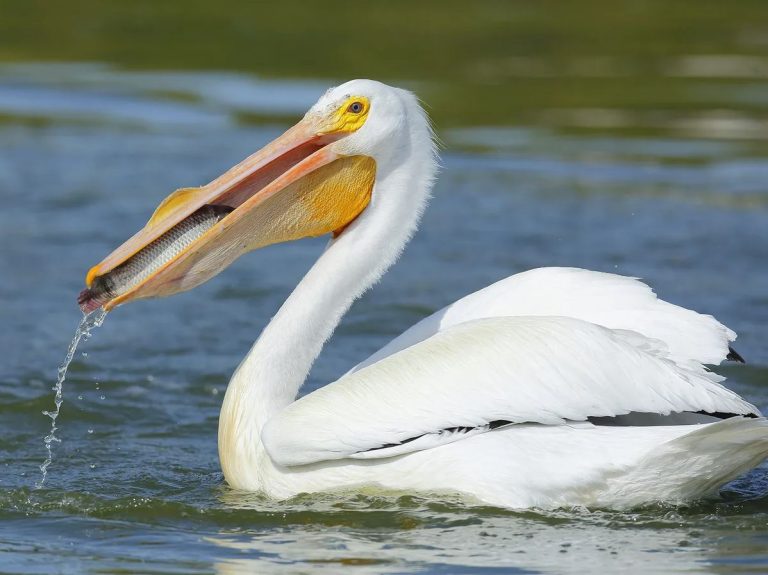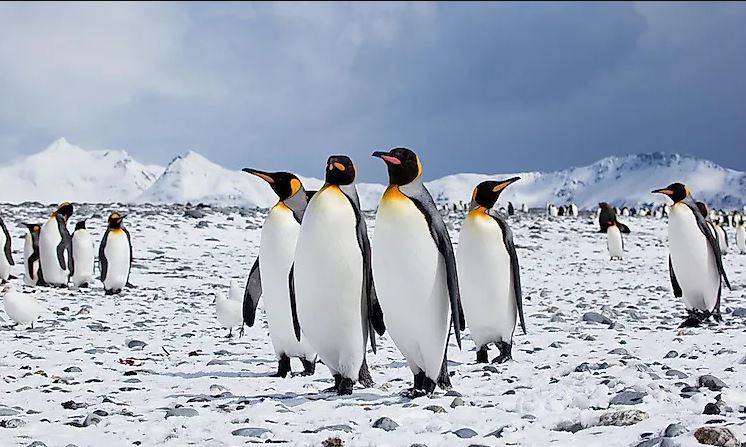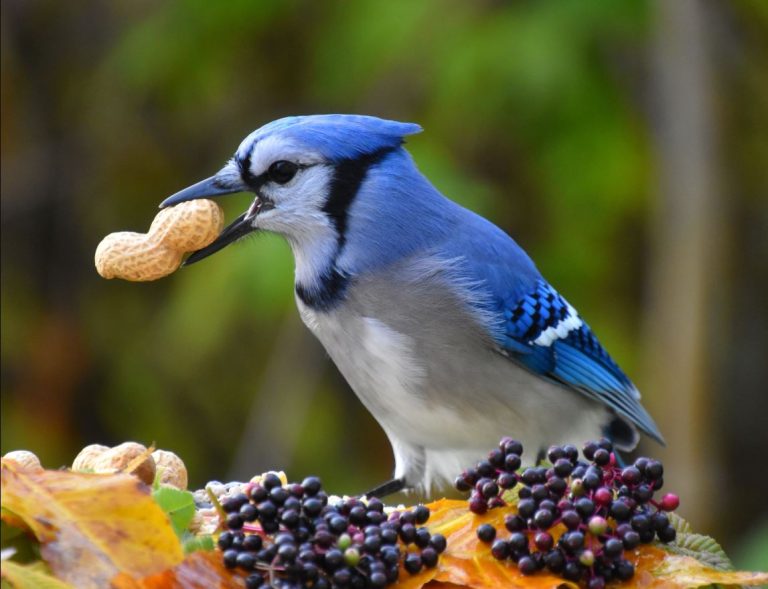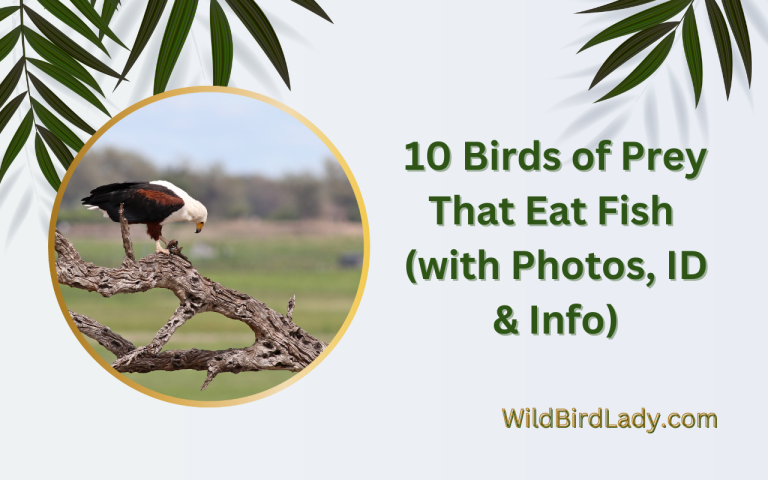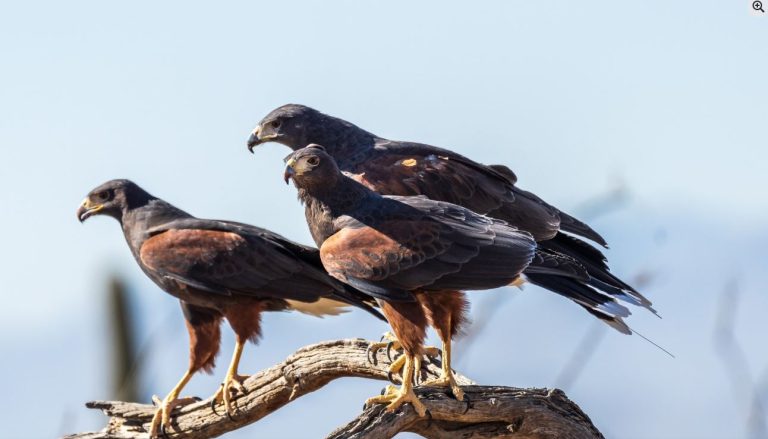What Do Penguins Eat? A Deep Dive Into the Diet of These Charming Birds
When you think of penguins, perhaps images of tuxedoed birds waddling across Antarctic ice come to mind. But beneath that adorable exterior lies a skilled hunter with a fascinating diet shaped by one of the harshest environments on Earth. After over a decade studying bird behavior—including time spent observing penguins at research centers and coastal ranges—I’ve come to deeply appreciate just how specialized and adaptable the penguin diet truly is.
In this article, we’ll explore in detail what penguins eat, how their diet varies by species and region, how they hunt, and even what challenges they face in sourcing food in our changing world.
Introduction to Penguin Feeding Habits
Penguins are flightless seabirds uniquely adapted for aquatic life. Their food comes almost entirely from the ocean, and every aspect of their behavior—from their streamlined bodies to their powerful flippers—is built for swimming and catching prey.
As a general rule, penguins are carnivores. Their diet consists of various small marine animals, but what they eat depends greatly on species, habitat, and season.
What Do Penguins Eat in the Wild?
The short answer to “what do penguins eat?” is this: they consume a seafood platter rich in fish, squid, and krill. These birds spend most of their time in the water hunting for prey, diving to great depths to find food.
According to a study published by the British Antarctic Survey, Antarctic penguins such as Adélies and Chinstraps rely heavily on Antarctic krill (Euphausia superba)—tiny shrimp-like crustaceans that form the base of the Southern Ocean food web.
Meanwhile, species like the Galápagos Penguin or African Penguin, living closer to the equator, feed more on small fish such as sardines and anchovies.
Key Components of the Penguin Diet
Let’s break down the core components of penguin food:
Fish
Fish make up a major part of the diet for many penguin species, especially temperate and subantarctic ones. Common prey include:
- Sardines
- Anchovies
- Mullet
- Lanternfish
- Icefish (in the Antarctic)
Fish are rich in protein and fats, essential for energy, especially during breeding and molting seasons.
Krill
Krill are the staple for many Antarctic species. Some penguins, like the Chinstrap Penguin, rely on krill for up to 95% of their diet during peak summer feeding.
Squid and Cephalopods
Larger species like the Emperor Penguin and King Penguin hunt squid and other cephalopods, which offer high caloric content for long foraging trips.
In my field notes from South Georgia, I once watched a group of King Penguins regurgitate partially digested squid to feed their chicks—a fascinating and messy glimpse into parental care in the wild.
How Penguins Catch Their Food
Penguins are underwater pursuit predators, relying on vision, speed, and agility to catch prey. They can dive anywhere from 10 to over 500 meters depending on the species.
- Adélie Penguins usually dive 50–150 feet.
- Emperor Penguins hold the record, diving over 1,850 feet and holding their breath for more than 20 minutes.
They swallow prey whole while underwater. Their spiny tongues and backward-facing spines inside the mouth help grip slippery prey.
Diet Variations by Species
Each species has its own dietary preferences depending on size, diving ability, and habitat.
| Penguin Species | Primary Diet | Region |
|---|---|---|
| Emperor Penguin | Fish, squid | Antarctica |
| Adélie Penguin | Krill, fish | Antarctica |
| Gentoo Penguin | Fish, krill, squid | Subantarctic Islands |
| African Penguin | Anchovies, sardines | South Africa |
| Galápagos Penguin | Small fish | Galápagos Islands |
| King Penguin | Lanternfish, squid | Subantarctic |
| Chinstrap Penguin | Mostly krill | Antarctic Peninsula |
Some penguins shift their diets seasonally, feeding more on squid during breeding season when fish or krill availability drops.
Penguin Chicks: What Do Baby Penguins Eat?
So, what do baby penguins eat?
Penguin chicks are dependent on their parents for food. Adult penguins regurgitate partially digested food into the chick’s mouth. This regurgitation contains krill, fish, or squid depending on what the parents have eaten.
In species like the Emperor Penguin, males fast for weeks while incubating the egg and produce a nutritious secretion known as “crop milk” to feed the newly hatched chick until the female returns with actual food.
Seasonal and Regional Variations in Penguin Food
Just like many marine predators, penguins must adapt their feeding habits to shifting environmental conditions. The availability of penguin food—whether it’s krill, fish, or squid—is not constant year-round. It fluctuates with seasons, ocean temperatures, prey migrations, and even climate anomalies like El Niño. These changes greatly affect what penguins can find, when they can find it, and how far they have to go to get it.
Antarctica: Summer vs. Winter Dynamics
During the Antarctic summer (November to March), daylight lasts nearly 24 hours, and the sea ice recedes. This opens up rich feeding grounds teeming with krill swarms, which rise toward the surface in massive numbers due to increased phytoplankton production under the sunlit waters.
Penguins such as Adélie, Chinstrap, and Gentoo take full advantage of this seasonal boom. Parents make frequent foraging trips to collect food not just for themselves but also to regurgitate and feed their chicks. In this season, feeding is intense and efficient, supporting breeding success.
In contrast, the Antarctic winter brings darkness, plunging temperatures, and expanding sea ice. Penguins must migrate northward or dive significantly deeper to reach food sources that have become scarcer and harder to access. Some species like the Emperor Penguin remain in the Antarctic region year-round and must travel long distances to find openings in the ice (polynyas) to dive and hunt.
Subantarctic and Temperate Zones
In regions such as the Falkland Islands, southern Chile, South Africa, and Australia, penguins experience less extreme seasonal variation but still rely heavily on migratory fish species.
For instance:
- The African Penguin along the South African coast depends on sardine and anchovy migrations. When these fish move offshore or their numbers drop due to warming waters or overfishing, penguins must travel farther, which increases chick starvation and colony decline.
- The Magellanic Penguin of South America follows the shifting availability of fish like mullet, hake, and anchovies. Studies have shown that when prey moves farther from nesting colonies, chick mortality spikes.
- The Galápagos Penguin, already living at the edge of penguin survivability near the equator, suffers greatly during El Niño years. Warmer waters suppress the upwelling of nutrient-rich cold currents, leading to a collapse in fish populations. Penguins often cease breeding entirely during such years due to food scarcity.
Ocean Temperature & Climate Impacts
Food availability is closely tied to sea surface temperatures and current systems:
- In colder seasons or regions, upwelling currents bring deep-sea nutrients to the surface, supporting rich krill and fish populations.
- Warming seas, however, push prey deeper or disrupt these nutrient cycles, resulting in penguin colonies needing to adapt—or suffer decline.
Recent climate models predict a significant decrease in krill populations around the Antarctic Peninsula due to shrinking sea ice, which is essential for krill reproduction. As krill disappear, so too will the abundant food source for millions of penguins.
How Climate Change Is Affecting Penguin Diets
Rising temperatures, melting sea ice, and overfishing are affecting penguin food sources.
A study by Trivelpiece et al. (2011) found that decreasing krill populations in the Antarctic due to climate change and commercial harvesting have led to reduced breeding success in Adélie and Chinstrap Penguins.
In the Galápagos, warmer ocean currents during El Niño events dramatically reduce fish availability, leading to breeding collapse for the already endangered Galápagos Penguin.
These changes highlight the need for stricter marine conservation and ecosystem protection.
Penguin Diet in Captivity
Zoos and aquariums adjust the penguin diet to mimic wild conditions. Penguins in captivity typically eat:
- Herring
- Capelin
- Smelt
- Squid (occasionally)
Their food is thawed and enriched with vitamins. Keepers monitor their intake closely to ensure nutritional balance and adjust based on health and breeding cycles.
FAQs About Penguin Eating Habits
Q: Do penguins drink seawater?
Yes. Penguins can drink saltwater thanks to a specialized gland near their eyes that filters out salt, which they excrete through their beaks.
Q: How much do penguins eat daily?
Depending on the species and time of year, an adult penguin can consume 1 to 3 pounds of food daily—sometimes more during chick-rearing.
Q: Are penguins picky eaters?
Not exactly, but they do have preferences based on regional abundance. When preferred prey is scarce, they’ll adapt—if they can.
Q: Can penguins eat on land?
No. Penguins catch and consume all their food in the water.
Q: Do penguins chew their food?
No. They swallow prey whole. Their beak and tongue are adapted to hold and swallow slippery items without chewing.
Final Thoughts from the Field
Penguins may look clumsy on land, but in the water, they are efficient, graceful hunters. Their diet—rich in fish, krill, and squid—is perfectly adapted to the environment they call home. As I’ve seen firsthand, the availability of these foods plays a critical role in penguin survival and reproduction.
Understanding what penguins eat isn’t just about marine biology—it’s about recognizing the delicate balance of ecosystems and how every element, from the smallest krill to global ocean currents, influences the fate of these charming seabirds.
If you’re ever lucky enough to watch a penguin dive and emerge with a mouthful of fish or krill, you’ll see not just a meal—but a miracle of nature’s design.

